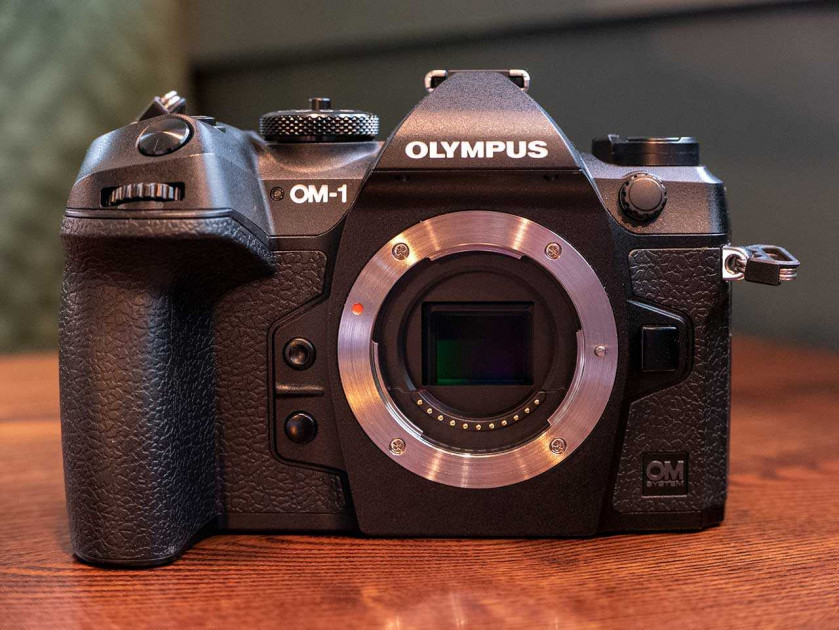Using poetic and intense black and white imagery, the Italian photographer, Stefano Schirato captures the daily life of fishermen in Pescara. In an interview, he explains about the pros and cons of carrying out a photographic project in his own community, and why the future of the fishermen’s guild in the Italian port town is looking anything but rosy.
What inspired you to document the life of the fishermen in Borgo Sud?
I’ve been teaching reportage and storytelling for many years at my school in Pescara, and I used to take my students to photograph local fishermen, and their boats. Despite all this, I’d never given thought to the work involved with this world; probably because it’s under my eyes every day. When Donatella Di Pietrantonio, a well known Italian writer I collaborate with, wrote a book entitled Borgo Sud, I realised it was the right moment to go deep into this reality.
How much time did you spend photographing this project?
When I started, I hadn’t planned to make a long-term project out of it; but, actually, it’s nearly two years since the first photograph was taken.
Pescara is your home town. Did this fact have an influence on the progress of this project?
When your subject is your home town and you’re free to go and take pictures whenever you like, you often risk postponing it due to every contingencies. So, after an initial difficulty, I understood that a “zero kms” reportage is a great opportunity because you have the chance to go deep, to start long-lasting relationships and be part of the story you have chosen to tell.
How would you describe the character of Borgo Sud compared to the rest of Pescara?
Pescara is a relatively young city. It doesn’t have a strong historical character, and in recent years it has gained an increasingly commercial and touristic identity. On the other hand, Borgo Sud, the “sea district”, is a place where time has stopped: the small houses are inhabited by people who create a small community with its own rules and habits, founded on relationships and on a mutual sense of trust.
Did you have a certain photographic approach, a certain atmosphere that you wanted to capture?
My photographic approach is always defined by the time I can spend with my subjects. I need time to become invisible, to mingle with them, to understand them. In Borgo Sud I’ve tried to depict a small village inside the city: a village made of old fishermen who don’t go to sea any more and who repair fishing nets for their sons; of women who take care of the house and wait for their husbands to come back from fishing; of an uncertain future; of young people who dream of moving away.
For me, there is a certain amount of nostalgia in your pictures. Is that intentional?
Borgo Sud is wrapped in a light sense of nostalgia, because in some ways it is dying. What you catch in the eyes of its inhabitants is a glance toward the past more than toward the future.
On this project, you worked with the Leica Q, the Leica Q2 Monochrom and the Leica SL. How do you consider these three cameras differ from each other?
I usually work with the Leica Q, because I find it very dynamic and functional for photography in the field. The Q2 Mono was love at first sight! You can hardly have a raw file as good, deep and with such a tonal range. I generally use the SL for portraits, as I find it’s a camera for a slower and more meditated kind of photography.
You said that the city of Pescara has developed very rapidly in the last couple of years. What do you think will remain in a few years of the scenarios you photographed?
I think Borgo Sud is slowly destined to die. The fishermen’s sons tend to go and live in the nearby hills; soon only retired fishermen still remain, as they feel a strong, traditional attachment to their district.
Born in Bologna in 1974, Stefano Schirato graduated in Political Sciences and then went on to a career as a freelance photographer working with a focus on social issues. He collaborates with magazines, associations and NGOs such as Caritas Internationalis and Emergency. His work has been published in media outlets such as The New York Times, Vanity Fair and CNN. Schirato teaches Photography at the Leica Akademie Italy. Find out more about his photography on his website and Instagram channel.








